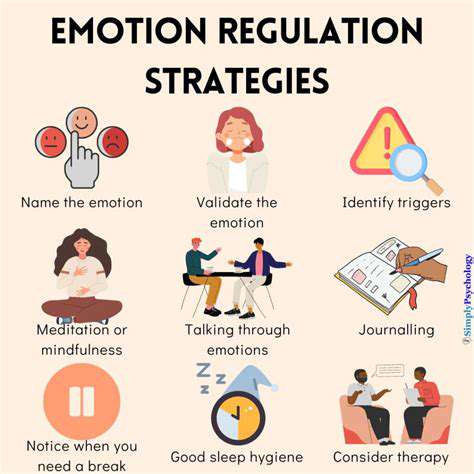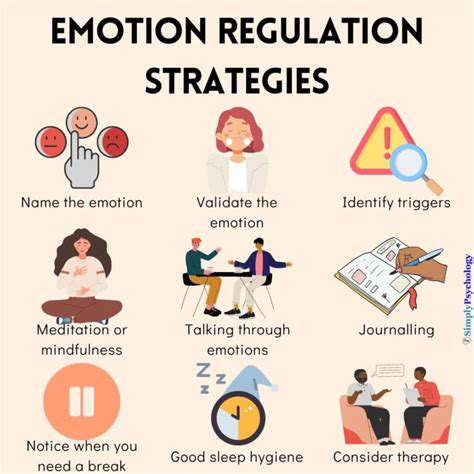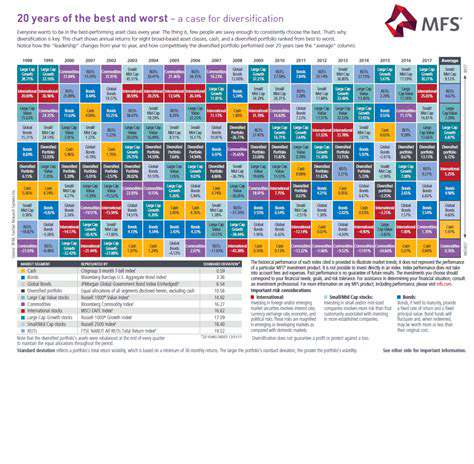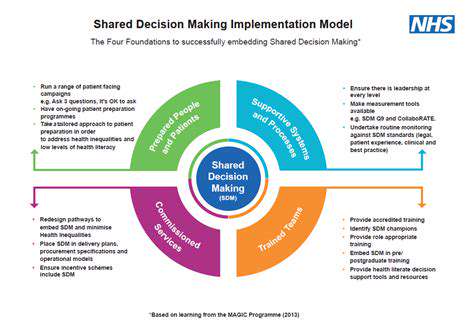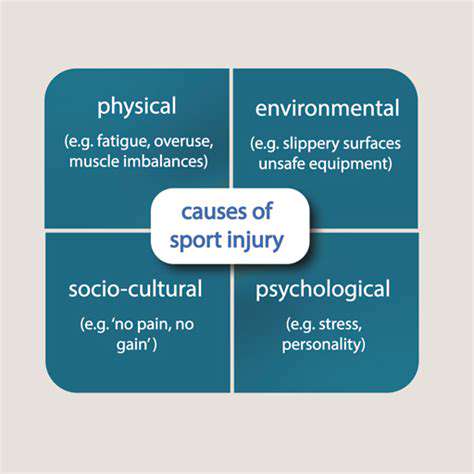Enneagram Compatibility Guides for Deeper Marital Insight
Reformers operate from an internalized ideal of moral excellence. Their acute sensitivity to imperfection fuels both their remarkable integrity and their greatest relational challenges. The paradox of Type 1 is that their harsh self-judgment often projects outward as criticism of others, creating exactly the disharmony they fear.
In marriage, Reformers benefit from practicing discernment between essential principles and personal preferences. Learning to separate what's right from what's my way can transform their relationships.
The Influence of Type 2: The Helper
Helpers experience love through service, but their generous nature contains hidden complexities. Their emotional radar detects unspoken needs with uncanny accuracy, yet this gift becomes problematic when they neglect their own needs while keeping score of sacrifices. Many marital conflicts arise when Helpers feel their care isn't reciprocated proportionally.
Delving into Type 3: The Achiever
For Achievers, worth equals accomplishment. Their chameleon-like ability to adapt to expectations makes them exceptionally successful but can create intimacy barriers. The tragic irony is that their polished persona often prevents the authentic connection they truly crave. In marriage, they must learn that vulnerability strengthens rather than weakens relationships.
Analyzing Type 4: The Individualist
Individualists navigate life through an emotional intensity lens. Their rich inner world fuels extraordinary creativity but also predisposes them to melancholy. What partners often misunderstand is that their dramatic expressions represent attempts to feel deeply understood, not mere attention-seeking. When met with patient curiosity rather than frustration, they blossom.
Unveiling Type 5: The Investigator
Investigators approach relationships like anthropologists studying foreign cultures. Their need for emotional distance stems not from indifference but from a terror of being overwhelmed. Paradoxically, their self-protective withdrawal often creates the very isolation they fear. Partners build trust by respecting their need for space while gently encouraging engagement.
Interacting with Type 6: The Loyalist
Loyalists' vigilance against potential threats makes them exceptionally prepared but chronically anxious. Their worst-case scenario thinking represents an attempt to control uncertainty rather than pessimism. In marriage, they thrive with partners who validate their concerns while anchoring them to present-moment reality.
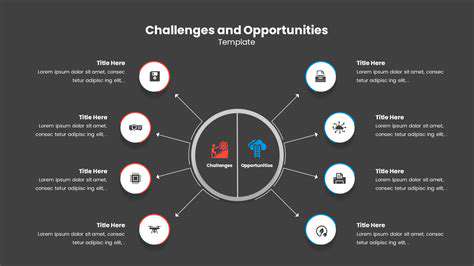
Building a Stronger Foundation: Practical Strategies for Applying Enneagram Insights

Understanding the Importance of a Solid Foundation
Just as architects stress-test building designs, relationship foundations require intentional reinforcement. The most stable marriages aren't those without conflicts, but those with structures flexible enough to withstand life's earthquakes. This requires moving beyond superficial compatibility to address core attachment patterns.
Identifying Key Elements for a Strong Foundation
Three pillars support enduring relationships: emotional honesty, repair skills, and shared meaning. Most couples focus exclusively on communication techniques while neglecting the deeper work of building emotional resilience. The Enneagram reveals where each partner's growth edges lie in these fundamental areas.
Developing Strategies for Building a Foundation
Effective growth plans honor both partners' wiring. For some types, scheduled check-ins work wonders; for others, spontaneous connection feels more authentic. The key is recognizing that relationship skills aren't one-size-fits-all - what nurtures security for a Type 6 might overwhelm a Type 5.
Implementing Strategies for Maintaining the Foundation
Maintenance requires regular relationship audits - not to find faults, but to celebrate growth and identify emerging needs. Many couples make the mistake of only addressing issues during crises rather than through proactive nurturing. Simple rituals like monthly state of the union conversations prevent small cracks from becoming fissures.
Adapting the Foundation for Change and Growth
The healthiest relationships view evolution as inevitable and desirable. Partners who rigidly cling to early relationship patterns often find themselves trapped in outdated dynamics. Using Enneagram awareness helps couples navigate life transitions as allies rather than adversaries.



